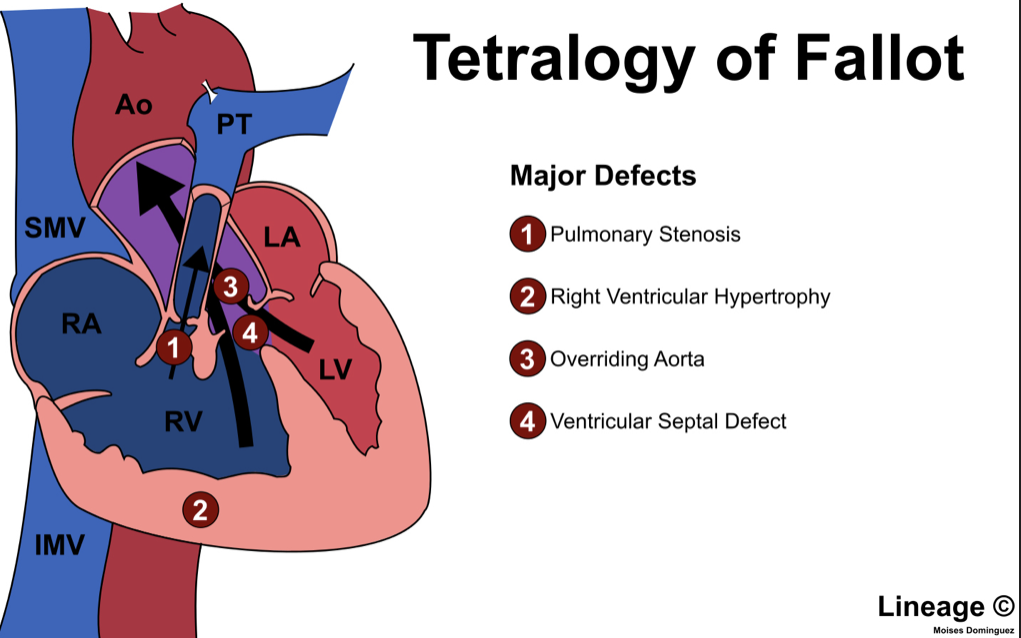Ultrasound during cardiac arrest has quickly become standard. Initially, data suggested that the use of ultrasound during arrest increased pauses between compressions which worsens outcomes. To decrease time between compressions, many proto…
Cards
Central Line Week TR Pearl Series (all three pearls combined for this post) by Ryan LeBuhn, PGY-3 Informed Consent I once described the risks of a procedure so thoroughly that the patient no longer wanted the procedure, though avoiding the…
SEE THIS PDF: https://drive.google.com/file/d/1XZIvB2Xggm7gm-uTcD_nuhfaYR7DCDEK/view?usp=drivesdk
Intro Case Introduction: You are the overnight Peds EM resident and at 3 o’clock in the morning you get a notification (~5 minutes away) that a 4 month old boy with a hx of Tetralogy of Fallot who is awaiting elective repair is coming…
tl;dr – Story Time (<5 minutes) Patient is a 59 year old MTF with a PMH of HIV (undetectable viral load) and HTN (on amlodipine) BIBEMS for evaluation of “pinching” chest pain and right flank pain. EKG in triage revealed sinus brad…
Intro: You are at Elmhurst and it’s your first cardiac shift ever. EMS rolls in, “Hey Doc, this patient is in a-fib.” The patient’s heart is beating fast. Your heart is beating fast. He is a 70 year old patient with a PMH of HTN, CKD, and…
For those who could not make it to VMR, we went over a truly sick calcium channel blocker overdose case. If not, here’s a quick rundown, and a link to the slides. Briefly, the case was a 17-year-old female who reportedly overdosed on 60 m…
You see this EKG for your elderly patient who has just been admitted to the CCU and your eyes open up wide. What is the rhythm(s) below? SPOILERS AHEAD If you thought to yourself “is this complete heart block with a junctional escape…
More than just what company makes it Written by Erena Weathers Pacemakers have their own code. Position I: which chamber is pacedPosition II: where the pacemaker senses the intrinsic rhythmPosition III: response to sensing T = Sensed activ…
Shoutout to this rare but satisfying procedure! Here is a great review of the causes and procedure and a great review from EM:RAP!
You’ll likely encounter hyperkalemia on your next Resus / Cardiac shift, and you’ll instinctively treat it. But take a moment to review the fascinating physiology behind the “cocktail”! First, consider how K+ is buff…
You’re sitting in resus bemoaning the departure of your most beloved attending when suddenly a patient wheels in without warning. The patient looks relatively stable but the triage RN tells you her heart rate was in the 150s — n…
Disclosure: I’m a huge Apple Fan. Unless you’ve been living under a rock, you’ve heard about the Apple watch, many of you reading this are wearing one right now. On April 24th, 2015 it joined a long list of wearable wrist…
You ever have a tough time visualizing P waves on EKGs? Have no fear, a Lewis Lead EKG might just be the thing you need! The Lewis Lead (aka S5) is a modified EKG obtained in a manner that basically triangulates atrial activity to help make…

